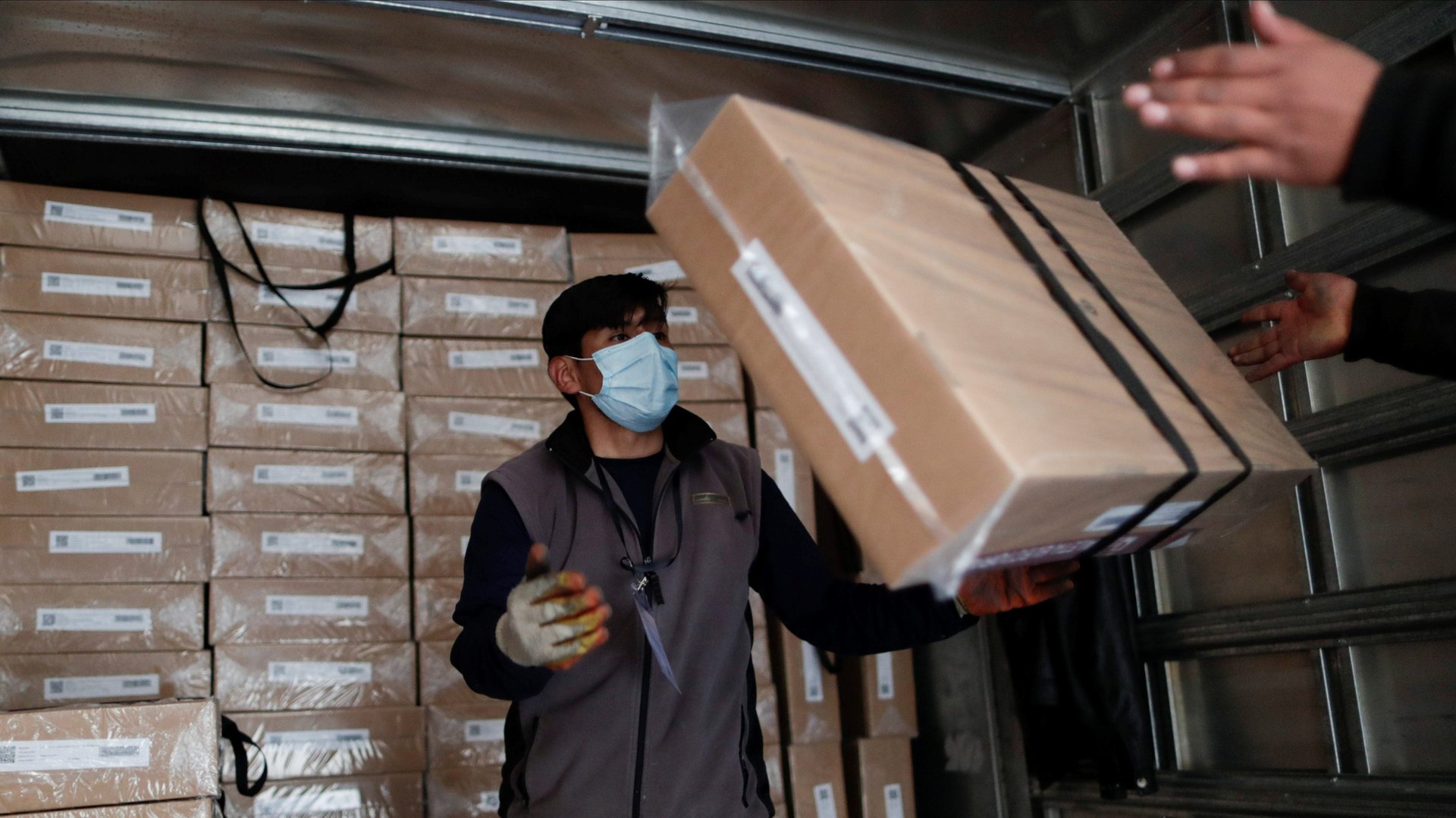The pandemic has inequality rising in poor countries
Over the last decade, emerging market and low-income countries made significant strides in tackling inequality. Covid-19 may have reversed all those gains.


Over the last decade, emerging market and low-income countries made significant strides in tackling inequality. Covid-19 may have reversed all those gains.
That’s the finding in a new blog post from the International Monetary Fund (IMF) looking at changes to country’s income distributions due to the Covid-19 global pandemic. IMF economists Gabriela Cugat and Futoshi Narita found that, prior to the pandemic, inequality was going down in the average emerging market economy and the average developing county. However, they estimate that the impact of Covid-19 will erase the progress made since 2008, especially for low-income countries, mostly because poorer people are less likely to be able to work from home.
Cugat and Narita estimated changes in inequality using the Gini coefficient, an economic measure of income distribution. A high Gini coefficient means high-income individuals are getting a much larger share of a population or country’s total income, and there is more inequality.
“If you look at the average Gini coefficient for advanced economies, it’s like 30, 32 or something like that,” Narita said. “For emerging and developing economies, it’s in the 40s.”
Prior to the pandemic, inequality in emerging markets and low-income developing countries was already bad compared to advanced economies. While many poor countries have made progress in reducing poverty and increasing life expectancies, they have still struggled with persistently high inequality in terms of education and employment, especially for women and young people. Ethiopia and Pakistan are example of countries that have followed this trajectory.
Why Covid increased inequality
Cugat and Narita observed that high-income workers in emerging market economies and low-income developing countries can often work from home and continue much of their business as usual. This resulted in fewer layoffs and furloughs but also a worsening income gap during the pandemic. By comparison, many more low-income, high-contact positions were lost due to lockdowns and the cancellation of activities that must be done in person, a dynamic that was also observed in advanced economies like the US.
An earlier IMF economic study estimated about 100 million workers—15% of the workforce in the research sample’s 35 advanced and emerging countries—would find it difficult to work remotely. This is especially true for younger workers, those with no college education, and those with lower wages. Cugat also says girls and women were hit particularly hard, citing the total closure of school systems across several of these countries disproportionately affecting women due to childcare responsibilities.